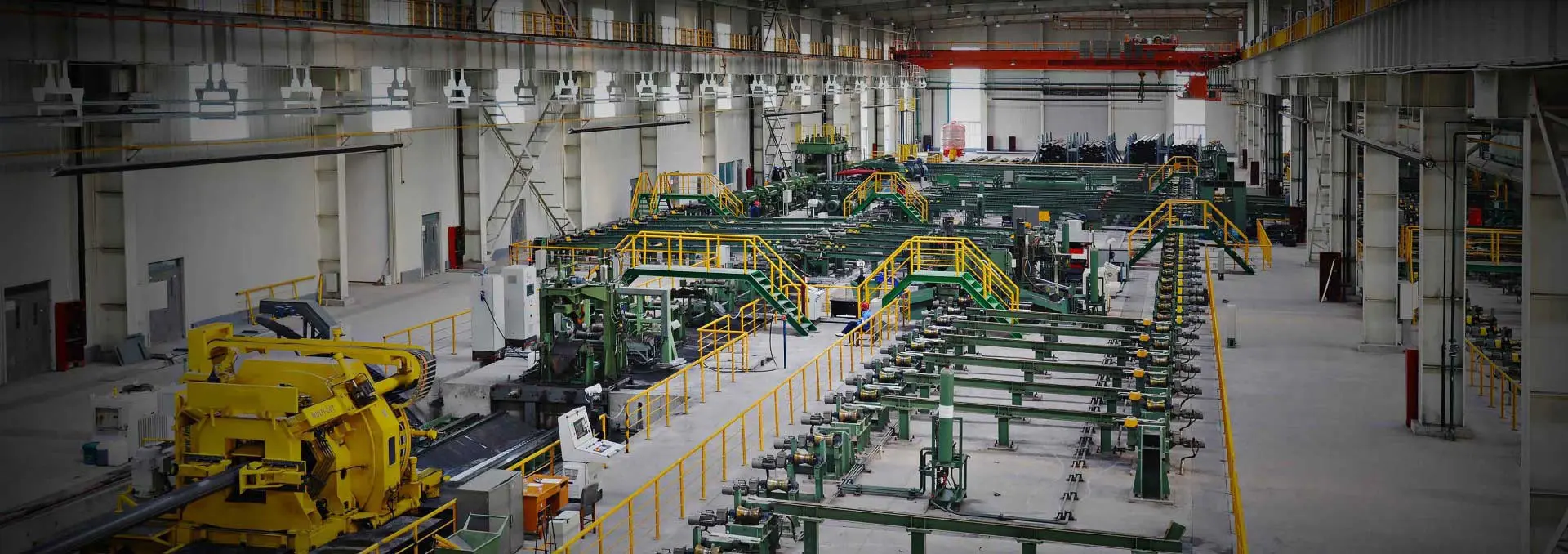Carbon steel pipes are often called the “universal pipes” of the industrial world — versatile, strong, and widely used. Yet, the performance of different carbon steel grades can vary greatly in terms of strength, toughness, and weldability. From Q235 for low-pressure systems, to ASTM A106 Grade C for high-pressure applications, to S355J2H for cold environments — the grade you choose determines your project’s reliability and efficiency.
Knowing the logic behind carbon steel pipe grading not only helps you avoid material mismatches but also ensures optimal safety and cost-effectiveness. Let’s break down the core classifications and standards that define these essential materials.
1. Dimensions of Carbon Steel Pipe Grading
Carbon steel pipe grades are determined by three key dimensions — chemical composition, application, and quality level — each of which directly influences performance and use.
• Classification by Chemical Composition
Low carbon steel (<0.25% C): Low strength, excellent weldability. Common in construction steel beams, plates, and pipelines.
Medium carbon steel (0.25–0.6% C): Balanced strength and toughness, ideal for mechanical parts such as shafts and gears after heat treatment.
High carbon steel (>0.6% C): High hardness and wear resistance, used for cutting tools and molds.
• Classification by Application
Carbon structural steel: For building and mechanical components; used in hot-rolled state. Typical grades: Q235, Q345.
Carbon tool steel: For tools and molds, labeled with a “T” (e.g., T8 = 0.8% carbon). High hardness and excellent cutting performance after heat treatment.
• Classification by Quality Level
Ordinary quality carbon steel: Higher S (≤0.050%) and P (≤0.045%) content; cost-effective for general use (e.g., Q235A).
High-quality carbon steel: S, P ≤0.035%; better mechanical performance (e.g., 45# high-quality steel).
Premium-grade carbon steel: S, P ≤0.025%; superior precision and toughness, used in aerospace and high-end equipment (e.g., 38CrMoAlA).
2. International Standards for Carbon Steel Pipes
• European Standard (EN 10210 / EN 10025)
S235 series (e.g., S235JRH, S235J0H): Yield ≥235MPa, excellent weldability, used in low-pressure and structural applications.
S275 series (e.g., S275J2H): Yield ≥275MPa, higher strength, suitable for moderate loads.
S355 series (e.g., S355J2H, S355K2H): Yield ≥355MPa, great strength and impact resistance, ideal for heavy-duty and low-temperature projects.
• American Standard (ASTM)
ASTM A36: General-purpose low-carbon steel (Yield ≥250MPa). Used in construction and machinery.
ASTM A53: For fluid transportation; Grades A/B differ in strength, used for water, oil, and steam pipelines.
ASTM A106: Designed for high-temperature and high-pressure service. Grade C (Yield ≥415MPa) is commonly used in refineries and power plants.
3. How to Choose the Right Carbon Steel Pipe Grade
|
Condition
|
Recommended Grade
|
Remarks
|
|
Low pressure systems
|
Q235, 10#
|
Cost-effective, easy to weld
|
|
Medium to high pressure
|
Q345, S355, ASTM A106 C
|
Enhanced strength and temperature resistance
|
|
Room temperature
|
JR / A grade
|
Standard environments
|
|
Low temperature (-20°C)
|
J2 / D grade
|
Cold-resistant
|
|
Extreme cold (-40°C)
|
K2 grade
|
Deep-cold resistance
|
|
High weldability required
|
Q235, S235
|
Low carbon for stable welds
|
Conclusion
Understanding the grading system of carbon steel pipes is essential for every engineer, designer, and project manager. Each grade reflects a balance of chemical composition, mechanical strength, and quality level — factors that determine how safely and efficiently your system performs.
By aligning grade selection with pressure, temperature, and cost considerations, you ensure long-term safety, performance stability, and economic efficiency — maximizing the true value of carbon steel pipes across industries.

 English
English Español
Español




 Tel : +86-18565811709
Tel : +86-18565811709 Email :
Email : 
 News
News




